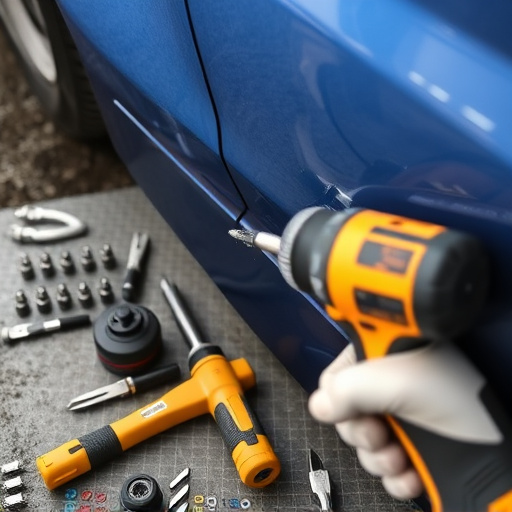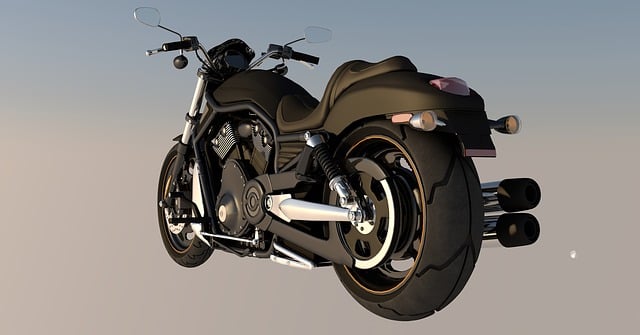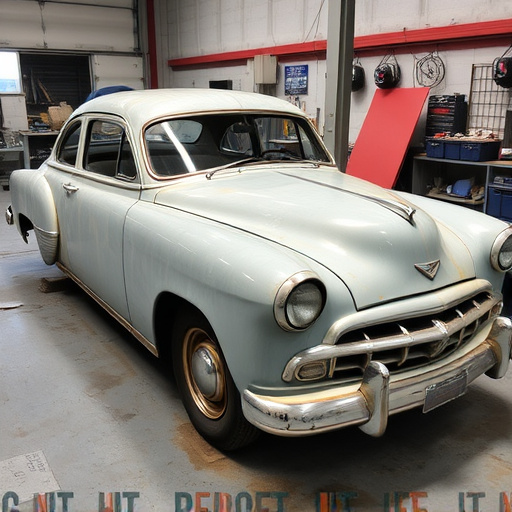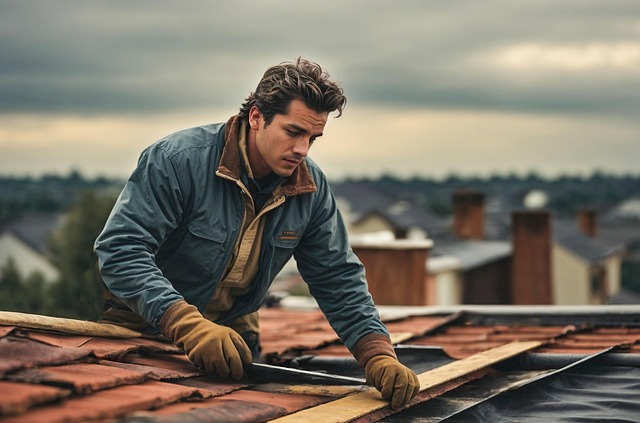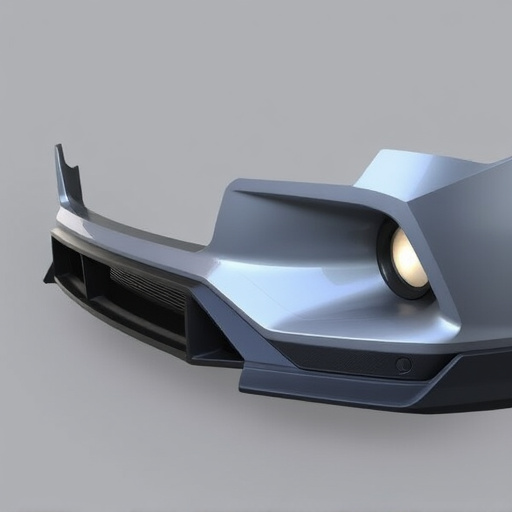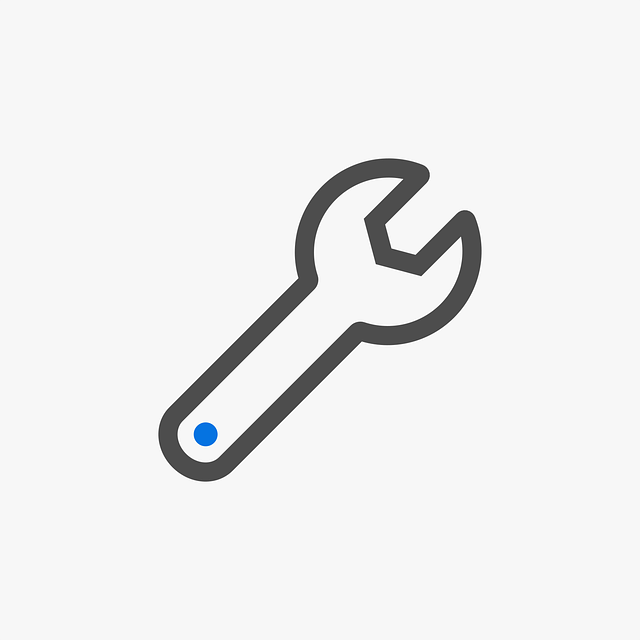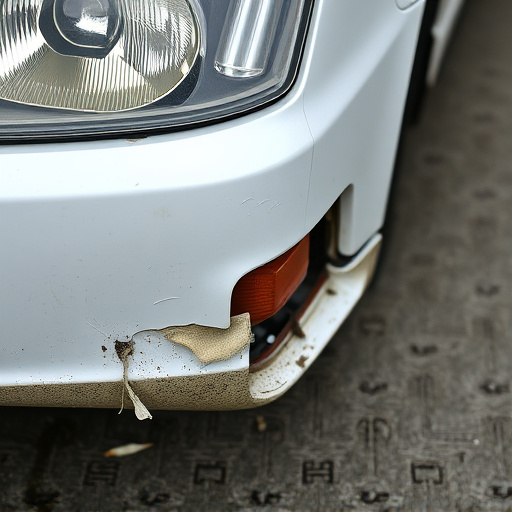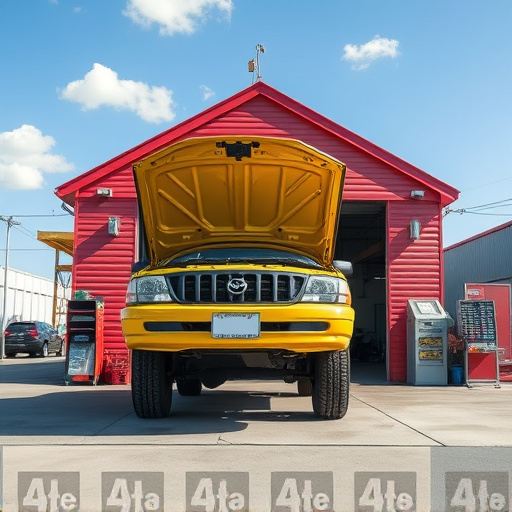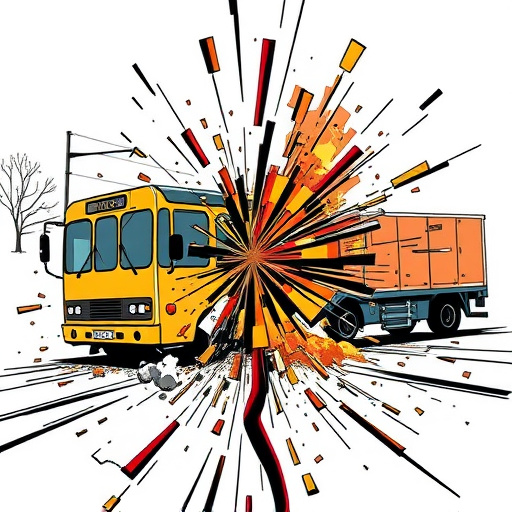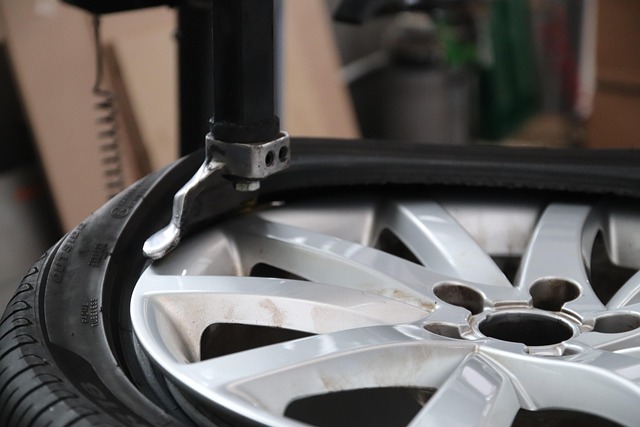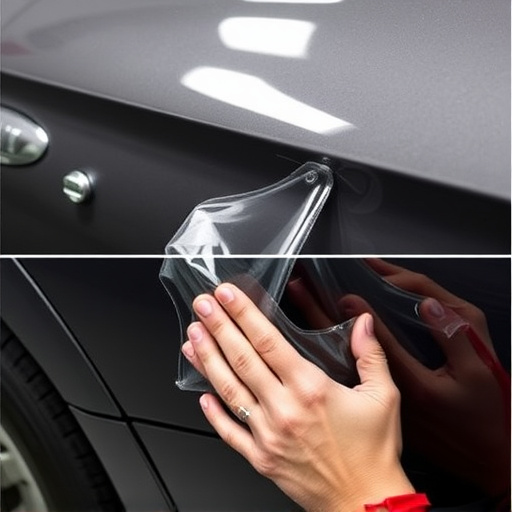DIY Tesla wheel repair saves costs but requires skill; professional expertise may be needed. Challenges include specialized knowledge, parts availability, and tools. Prioritize guidance, right tools for best results, avoiding subpar or further damage risks.
Considering a DIY Tesla wheel repair? This guide breaks down the pros and cons to help you make an informed decision. From cost savings and convenience to challenges and limitations, we explore what you need to know before tackling this project. Evaluating repair kits and understanding the process will ensure a successful outcome or help you decide when professional assistance is the better route. Maximize your time, budget, and vehicle health with our comprehensive review.
- Evaluating Tesla Wheel Repair Kits: What You Need to Know
- Pros: Cost Savings and Convenience of DIY Repairs
- Cons: Challenges and Limitations of Home-Based Tesla Wheel Fixation
Evaluating Tesla Wheel Repair Kits: What You Need to Know

When considering DIY Tesla wheel repair, it’s crucial to evaluate the available kits. These kits often come with all necessary tools and parts, but not every option is created equal. Some may be better suited for minor dents and scratches, while others cater to more severe damage. Look for kits that offer a good balance between affordability and quality, ensuring they’re compatible with your Tesla model.
Beyond the kit itself, factor in your skill level. While some repairs can be tackled at home, complex cases might require the expertise of a professional. Compare options like those found at collision repair centers or auto body shops specializing in luxury cars, such as Mercedes-Benz collision repair services, to determine the best course of action for your Tesla’s wheel repair needs.
Pros: Cost Savings and Convenience of DIY Repairs

Engaging in DIY Tesla wheel repair offers significant advantages for vehicle owners. One of the most appealing benefits is substantial cost savings. Traditional collision centers typically charge premium rates for wheel repairs, especially for specialized services. By taking on this task yourself, you bypass these expensive fees, making it an attractive option for budget-conscious car enthusiasts.
Moreover, DIY repairs provide unparalleled convenience. You avoid the time-consuming process of scheduling appointments and waiting for your vehicle at a car collision repair shop. With the right tools and a bit of patience, you can complete the repair on your own schedule, ensuring your Tesla’s wheels are as good as new without the hassle of external services.
Cons: Challenges and Limitations of Home-Based Tesla Wheel Fixation
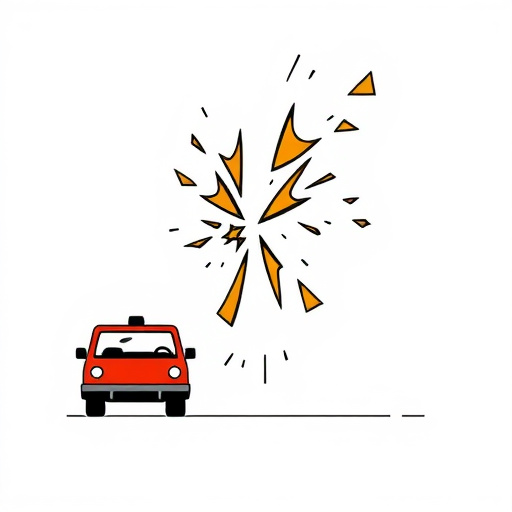
While the DIY approach to Tesla wheel repair can be tempting for cost-conscious owners, it’s not without its challenges and limitations. One significant hurdle is acquiring the specialized knowledge and skills required to accurately diagnose and fix wheel damage. Unlike basic auto glass replacement tasks, wheel repairs demand a deep understanding of automotive engineering and precision craftsmanship. Not all DIY enthusiasts possess these expertise, leading to subpar results or even further damage.
Additionally, obtaining the right tools and equipment for Tesla wheel fixation can be cumbersome. Many specialized parts and tools are unique to Tesla models, making them harder to source compared to conventional car repair services. This availability issue can prolong the repair process and increase frustration levels for those attempting a DIY fix at home.
DIY Tesla wheel repair offers both cost savings and convenience, allowing owners to tackle minor damages themselves. However, it’s not without challenges—home-based fixation may lack the specialized tools and expertise required for complex issues. Before attempting a DIY approach, carefully evaluate your skills and the extent of the damage. For simple scratches or dents, going the DIY route could be a smart, budget-friendly choice; but for more severe wheel damages, professional assistance might be the safer bet.

